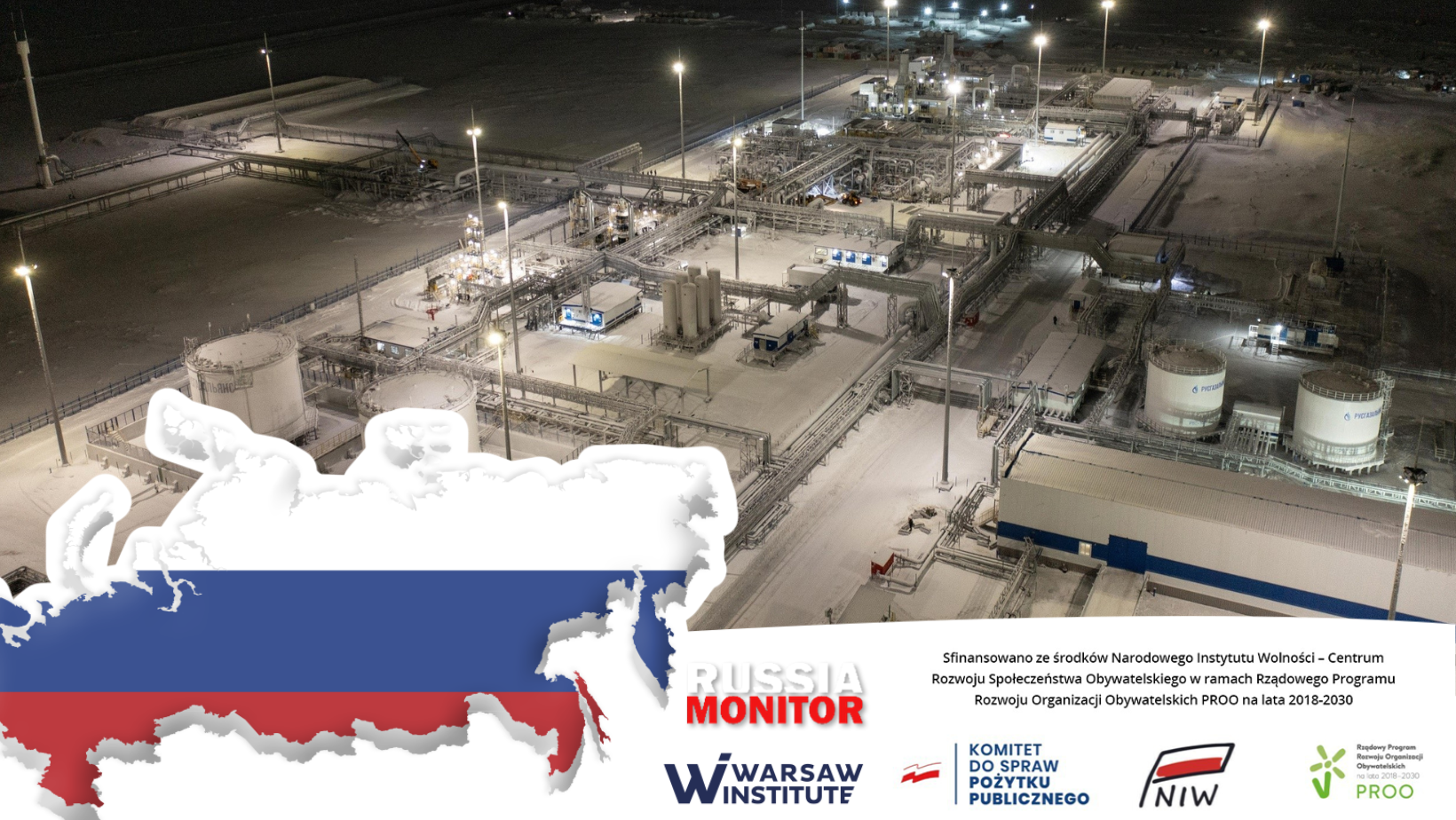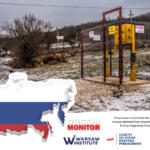
Russia Monitor is a review of the most important events related to Russian internal and external security, as well as its foreign policies.
Date: 22 December 2022 Author: Grzegorz Kuczyński
Gazprom Opens New Arctic Field Despite Shrinking Export
Russian gas giant Gazprom was forced to reduce its export volumes due to the war and sanctions. Despite that, it opened a new Arctic field. A major problem is rebuilding infrastructure to redirect gas flows from the Gulf of Ob to China from Europe.

The Semakovskoye natural gas field is located offshore in the far northern Gulf of Ob. The lion’s share of its reserves is located offshore in shallow waters near Yamburg in the Yamal-Nenets Autonomous Region. The Semakovskoye is one of several fields planned launched in and around the Gulf of Ob. Development is underway also in the nearby Parusnoye field, as well as the Kamenno-Mysskoye, Geofysicheskoye, and Severo-Obskoye fields. According to the company, production at the field will be up to 7,5 billion cubic meters per year and all of which will be transported by pipeline into the national grid. It is unclear where Gazprom intends to sell the gas from the Semakovskoye as practically all regional natural gas infrastructure is aimed at the EU market. But new connections all the way to China will take years to build. Currently, Russia has only the Power of Siberia pipeline that in 2020 brought less than 5 billion cubic meters to the Chinese market. Capacity will increase significantly over the next years, and Russia also has plans for a Power of Siberia 2 and 3. But none of it will be able to replace the EU volumes, which is most painful for Gazprom. Russian natural gas production fell 11.6 percent from last year to 612.9 billion cubic meters from January to November 2022, amid a drop in Gazprom’s output while Rosneft and Novatek boosted their overall production. Gazprom’s production alone shrank by 19.4 percent due to more modest gas supplies to Europe and plummeting domestic demand by 5.7 percent. In late November 2022, Russia supplied EU nations with some 76–77 million cubic meters per day compared to 368–377 million cubic meters a year before. After Nord Stream sabotage and gas cuts via the Yamal Pipeline, the transit line through Ukraine remains the only route for Russian gas supplies to western and central European countries. Gazprom currently sends around 42–43 million cubic meters per day to Europe via Ukraine. The rest is sent to the EU via the Turkish Stream. The pipeline’s offshore section runs under the Black Sea to the European part of Turkey before splitting into a line that delivers gas flows to the Balkans, Hungary, and Austria (Balkan Stream).
Support Us
If content prepared by Warsaw Institute team is useful for you, please support our actions. Donations from private persons are necessary for the continuation of our mission.
All texts published by the Warsaw Institute Foundation may be disseminated on the condition that their origin is credited. Images may not be used without permission.
















